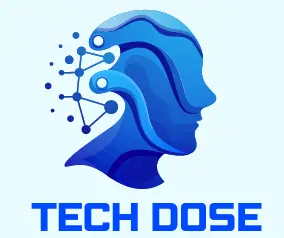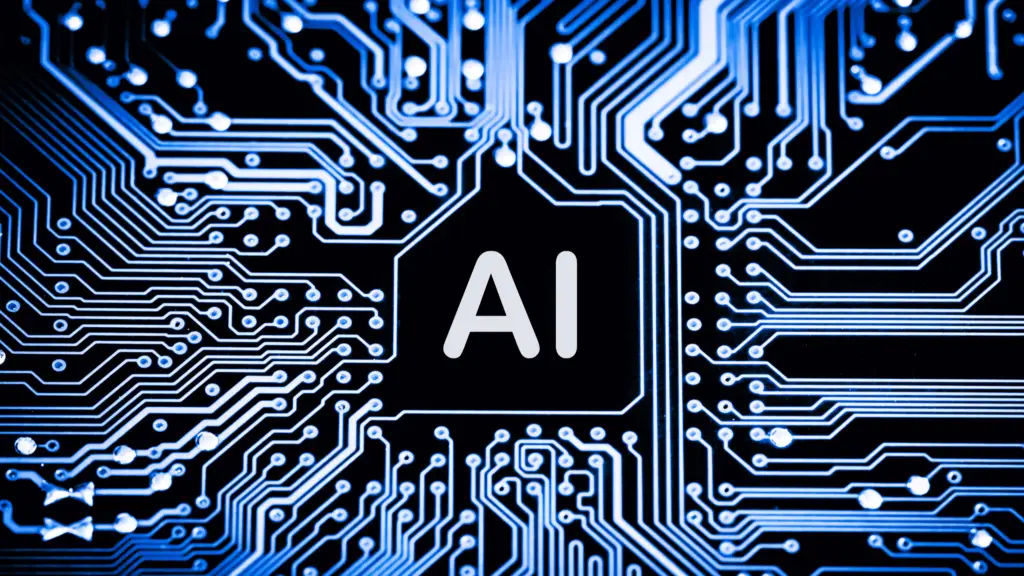
The internet is home to zillion zettabytes of data that reside on multiple sources. This humongous scale of Data is only growing, with the annual growth rate estimated to be 25-30%. Generative AI harnesses this data to create more data that is meaningful and has some level of insights that has the potential to benefit various organizations, businesses, to take decisions. Generative AI is nothing but a system designed to create more data, yes you heard that right. So, Generative AI models can be leveraged across various industries spanning across Healthcare, Entertainment, Education, Manufacturing and of course Technology to name a few.
Generative AI works on the principles of some core concepts namely Neural Networks, Training Data, Generative models. Let us try to understand these one by one.
Neural Networks:
Neural Networks are computational models conceptualized from a human brain consisting of interconnected nodes (Neurons) in structure layers. They are designed to read patterns and make predictions.
Training Data:
Generative AI models need large datasets to learn the type of content they aim to generate which can be text, images, music etc.
Generative AI Models:
The first type of Gen AI model is called Variational Autoencoders (VAE’s). These are AI models that learn to compress data into a simplified form and then restructure, which further allows them to generate new data that resembles the original. They are useful for creative tasks, data generation, and identifying anomalies.
Generative Adversarial Networks (GANs) are a type of AI model consisting of two neural networks: a generator and a discriminator, which are trained together in a competitive process. The generator creates fake data that mimics the real data, while the discriminator evaluates whether the data is real or fake. The generator aims to produce increasingly realistic data to fool the discriminator, and the discriminator strives to get better at detecting fakes. This adversarial training process continues until the generator produces data that is indistinguishable from real data, making GANs highly effective for generating realistic images, videos, and other types of synthetic data.
A Gen AI use case:
Let us explore a use case of Generative AI deployment. Traditional customer support frameworks consisted of many Humans taking calls to answer end clients, responding to client emails, responding to client chats with a 24×7 support and not to mention a Supervisor and a Team Manager. The core tenets of a traditional customer support revolved around stringent metrics to ensure clients are delivered the best service to resolve their queries. Fast forward to today, you do not need humans to provide end to end support. Generative AI enabled chat bots can be deployed with a quick turnaround time to solve a wide variety of client queries. These chat bots utilize NLP and machine learning to understand the client queries and address the concerns with a somewhat human like way. We will talk about NLP and machine learning in a bit.

